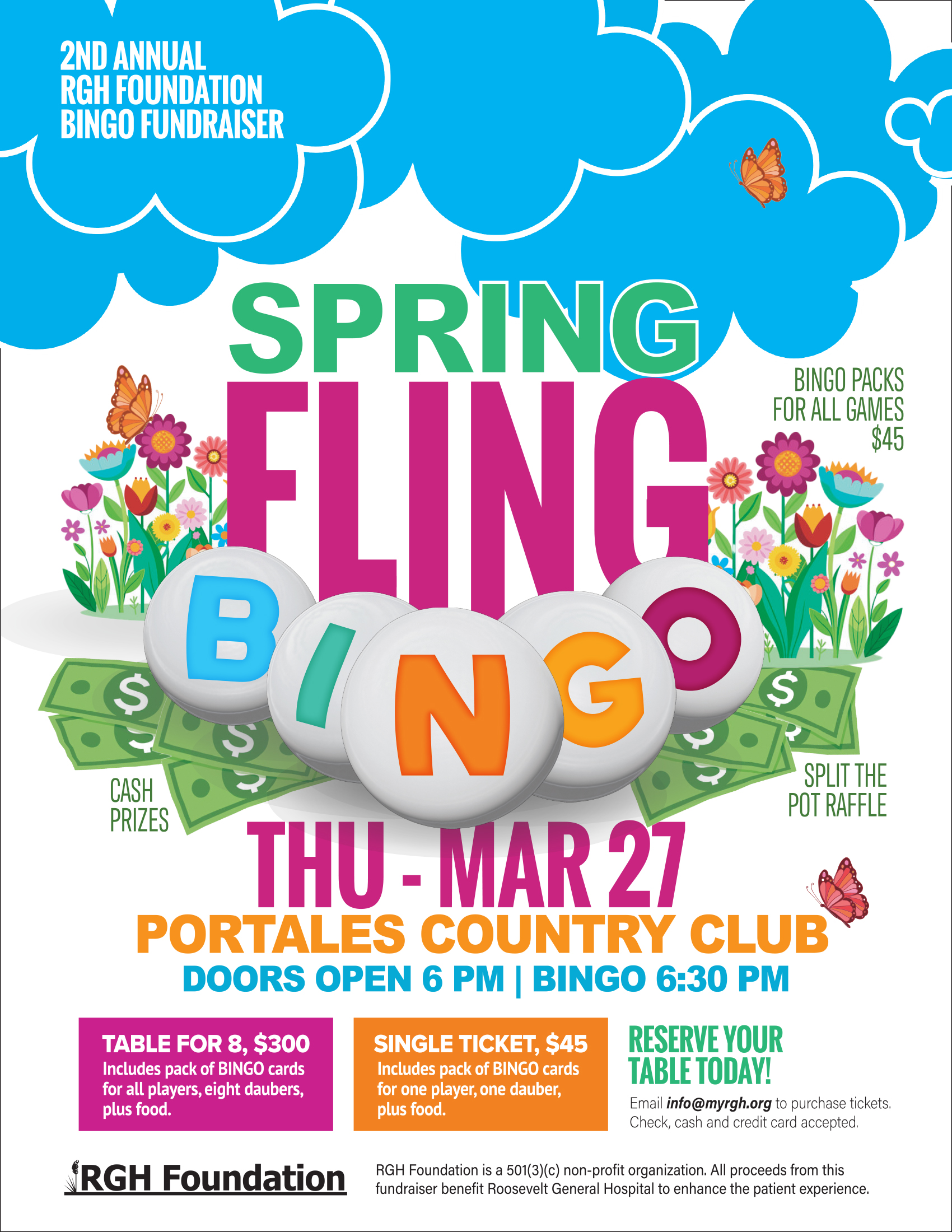Don’t Run the Hose While Washing Your Car
Clean the car using a pail of soapy water. Use the hose only for rinsing; this simple practice can save as much as 100 gallons when washing a car. Use a spray nozzle when rinsing for more efficient use of water. Better yet, use a waterless car washing system; there are several brands, such as Eco Touch, which are now on the market.
Use a Broom, Not a Hose, to Clean Driveways and Sidewalks
Blasting leaves or stains off your walkways with water is one way to remove them, but brushing with a broom to first loosen the dirt and grime will decrease your water use and save you time in the long run.
Cover Swimming Pools to Reduce Evaporation
Swimming pools can lose an inch or more of water each week to evaporation. Temperature, humidity, wind, and the way the pool is situated can all affect how quickly water evaporates. To save thousands of gallons of pool water each season, get a cover for your pool.
Check for Leaks in Pipes, Hoses, Faucets and Couplings
Leaks outside the house may not seem as bad since they’re not as visible. But they can be just as wasteful as leaks indoors. Check frequently to keep them drip-free. Use hose washers at spigots and hose connections to eliminate leaks.
Reuse Wastewater Where Possible
“Grey water” is the water draining from your house’s sinks, bathtubs, and laundry machine, which can be used to water plants (as opposed to “black water” from toilets, which needs to be treated).
You can harvest grey water in a small way with a bucket in your kitchen or shower, or install a grey water system, which reroutes water from your drains to your landscape. Though not yet legal everywhere, codes are changing to allow more people to take advantage of this source of otherwise wasted water. The simplest systems harvest only water from the washing machine, which can add up to thousands of gallons per year. If you use grey water in your landscape, be sure to use only eco-friendly and plant-based soaps and cleaners in your home so you’re not dousing your plants with industrial chemicals.

Vegetable Garden
Maintain Your Irrigation System
If you use an irrigation system, check that it’s operating correctly toward the beginning and end of each season. Clear any visible clogs, and adjust the settings according to the needs of your plants and the time of year. Plants will need less water in cooler weather and more in hotter weather, and correct settings will not only save water but ensure that plants are getting the right amounts. Also be sure the timer waters in the morning to reduce loss to evaporation and prevent moisture from staying on plants overnight.
Water During the Early Parts of the Day; Avoid Watering When It Is Windy
Early morning is generally better than dusk since it helps prevent the growth of fungus. Early watering and late watering also reduce water loss to evaporation. Watering early in the day is also the best defense against slugs and other garden pests. Try not to water when it’s windy: wind can blow sprinklers off target and speed evaporation. An automated watering system with a built-in moisture sensor can help ensure you’re only watering when necessary and at the most efficient time of day. If you’re using a timer, consider adding a rain or moisture sensor to avoid watering unnecessarily. Note: In Portales, we are allowed to water once a week for 30 minutes after 9:00 pm.
Add Organic Matter to Your Garden Beds
Adding organic material to your soil will help increase its absorption and water retention. Areas that are already planted can be ‘top dressed’ with compost or organic matter every year. Turn a healthy dose of compost into new garden beds when preparing the soil for planting.
Harvest Rainwater for Watering Vegetable Beds
Use rain barrels or a catchment system to capture valuable rainwater from your roof. Plants prefer untreated water, so your garden will be healthier while you cut your water bill.
Use a Soil Moisture Meter to Gauge When You Should Water Your Garden
Avoid over- or under-watering your garden with a simple-to-use soil moisture meter. The meter quickly lets you know whether the soil is dry, so you only need to water when the plant actually needs it.
Control Weeds to Reduce Competition for Water in the Garden
Weeds use water, too! If you don’t weed, the garden invaders will take up water meant for your plants. A good layer of mulch around your plants not only conserves soil moisture but helps keep weeds under control.

Lawns and Shrubs
Plant Drought-resistant Lawns, Shrubs and Plants
If you are planting a new lawn, or overseeding an existing lawn, use drought-resistant grasses such as “Eco-Lawn”. Many beautiful shrubs and plants thrive with far less watering than other species. Replace herbaceous perennial borders with native plants.
Native plants will use less water and be more resistant to local plant diseases. Consider applying the principles of xeriscape for a low-maintenance, drought resistant yard. Plant slopes with plants that will retain water and help reduce runoff.
Group plants according to their watering needs.
Put a Layer of Mulch Around Trees and Plants
Mulch will slow evaporation of moisture while discouraging weed growth. Adding 2 – 4 inches of organic material such as compost or bark mulch will increase the ability of the soil to retain moisture. Press the mulch down around the drip line of each plant to form a slight depression, which will prevent or minimize water runoff.
Learn more about different mulch materials and their best use.
Position Sprinklers Carefully
Position your sprinklers so water lands on the lawn or garden, not on paved areas. Also, avoid watering on windy days.
Water Your Lawn Only When It Needs It
A good way to see if your lawn needs watering is to step on the grass. If it springs back up when you move, it doesn’t need water. If it stays flat, the lawn is ready for watering. Letting the grass grow taller (to 3″) will also promote water retention in the soil.
Most lawns only need about 1″ of water each week. During dry spells, you can stop watering altogether and the lawn will go brown and dormant. Once cooler weather arrives, the morning dew and rainfall will bring the lawn back to its usual vigor. This may result in a brown summer lawn, but it saves a lot of water. You can also replace thirsty Kentucky bluegrass lawns with Eco-Lawn, a grass seed mix that lowers your lawn’s water needs by over 85%.
Deep-Soak Your Lawn
When watering the lawn, do it long enough for the moisture to soak down to the roots where it will do the most good. A light sprinkling can evaporate quickly and tends to encourage shallow root systems. Put an empty tuna can on your lawn – when it’s full, you’ve watered about the right amount. Most lawns want about an inch of water per week, so note how much rain fell and add water accordingly. Visit our natural lawn care page for more information.
Use Efficient Watering Systems
You can greatly reduce the amount of water used for shrubs, beds, and lawns by strategically placing soaker hoses installing a rain barrel water catchment system;
or installing a simple drip-irrigation system. For trees and woody shrubs, consider deep watering with slow-delivery irrigation like tree-ring soaker hose. Be sure to avoid over-watering plants and shrubs, since this can diminish plant health and cause yellowing of the leaves. When hand watering, use a variable spray nozzle for targeted watering.
Plant in ‘Hydro-Zones’ to Maximize Water Use
Grouping plants with similar water needs means you won’t be wasting water on plants that don’t need it. Keep your water-wise and xeriscaped plants together, and do likewise with thirstier plants. Water only certain zones regularly, while watering drought-tolerant plantings less frequently.
Plant Trees in the Yard for Shade
In addition to making your house cooler and storing carbon, adding shade trees can lessen the need for watering. By protecting plants and soil from the afternoon sun, shade trees help conserve water.






































